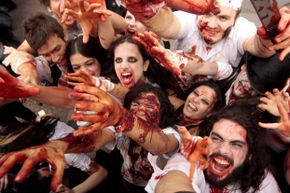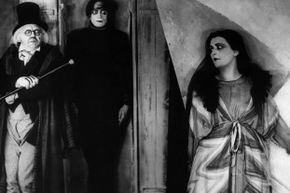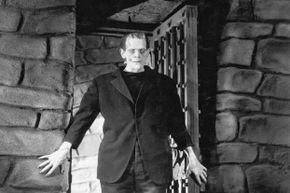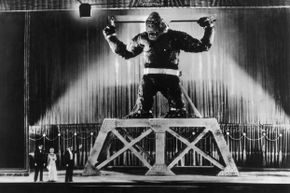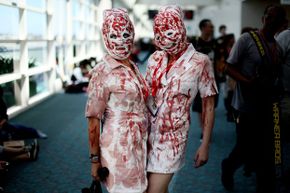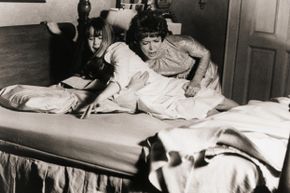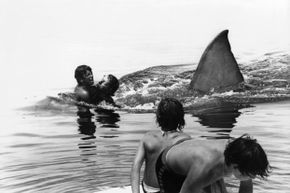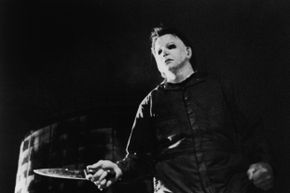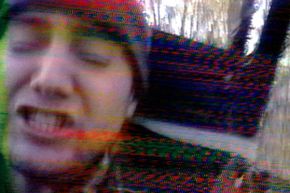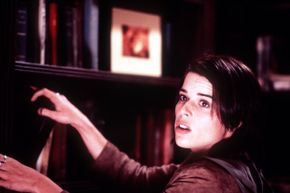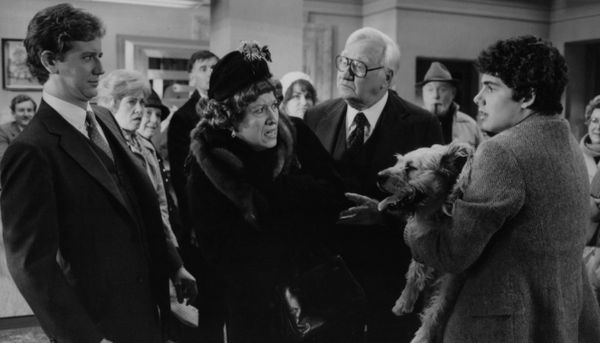Do you remember the first time you saw King Kong flailing at airplanes from the Empire State Building? Does a night out in the woods make you feel like you're in your own personal "Blair Witch Project"? Those movies didn't just offer thrills and scares — they changed the genre.
Horror movies captivate audiences looking for a good fright, but they also play much bigger roles in the film industry and in popular culture. Film critics cite "Jaws" as ending a Hollywood era and launching the craze for summer blockbusters [source: Frontline]. "Blair Witch Project" launched the found footage subgenre and went on to enormous success, thanks in part to one of the first viral marketing campaigns [source: Bowles]. Some horror movies show audiences things they've never seen before, like the shocking gore of "Blood Feast" or the apocalyptic zombies of "Night of the Living Dead."
Advertisement
Not every great horror film had a deep and lasting impact on the genre, even if it's one of our favorites. Arguably, "The Texas Chainsaw Massacre" was part of a larger trend of low-budget, grindhouse horror. "Alien" and "Aliens" featured incredible creature designs and a perfect blend of science fiction and horror. The lurid Hammer films of the 1960s and 1970s represent important horror touchstones, and "Ringu" (and the U.S. remake "Ring") launched a wave of Japanese horror. If this were a top 15 list, they'd all be on it for sure.
But it's not, so turn the lights off and prepare for 10 horror movies (ordered by release date) that changed horror forever.
